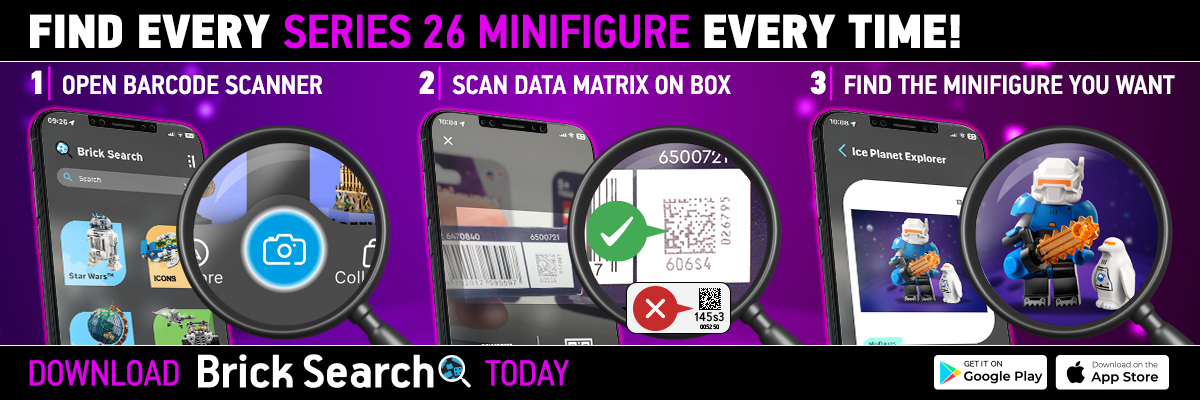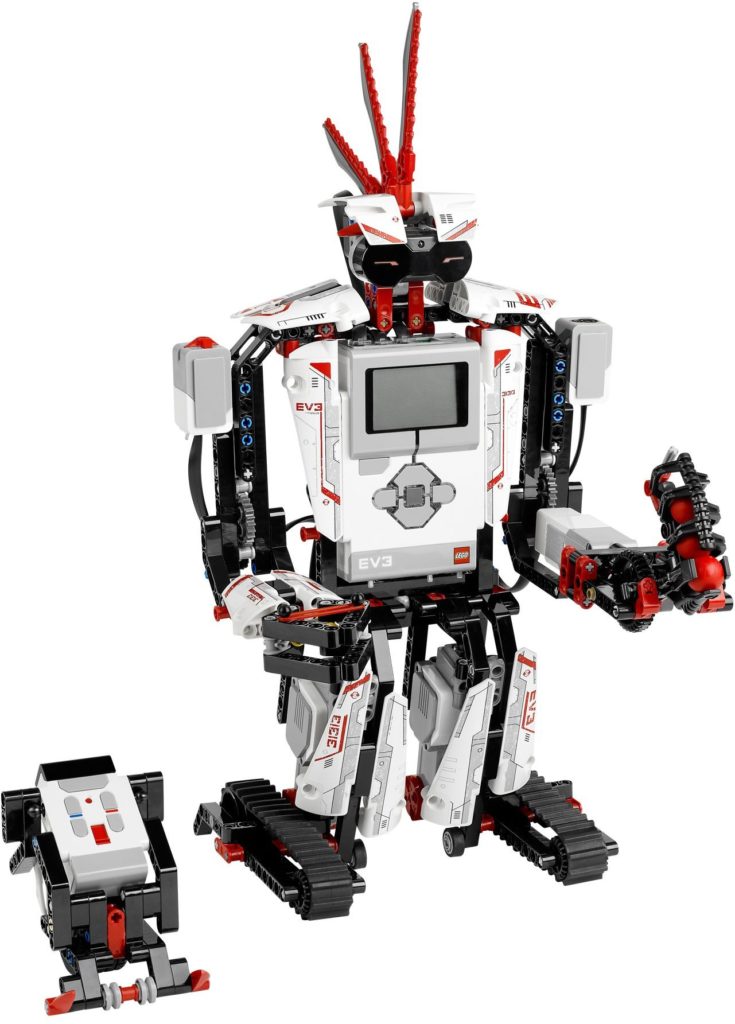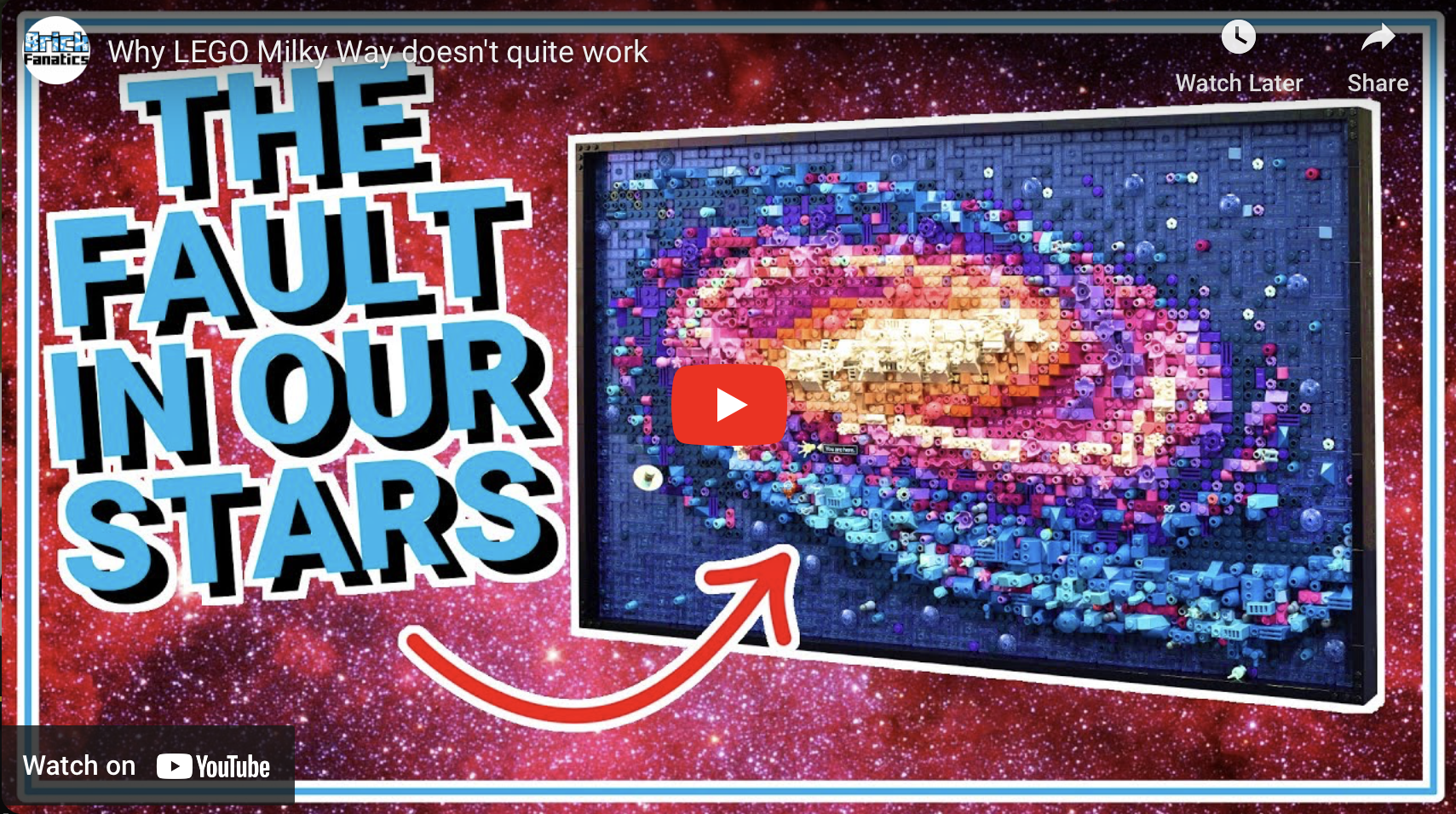
The LEGO MINDSTORMS theme helped to bring the humble LEGO set into the age of computers. By combining familiar LEGO bricks with sophisticated electronic components, the potential of the product was massively expanded. Today MINDSTORMS (and its successors) remains a popular choice for fans learning to code for the first time, although the MINDSTORMS theme itself has come to an end.
Read on to learn about the origins of MINDSTORMS, and the various ways in which the theme evolved during its lifespan.
LEGO MINDSTORMS history
LEGO MINDSTORMS sets first appeared in the late 90s, at a time when computers were gaining a firmer foothold in our schools and homes. This wasn’t the first time LEGO and electrical components had come together; LEGO products had seen integration with simple components such as motors since the mid-‘60s. However, by the ‘80s, the rise of user-friendly computers was opening up new paths for LEGO sets to take.
The LEGO Group’s interest in computer programming was first piqued in the mid-‘80s, by a mathematician and computer scientist called Seymour Papert. With the help of mathematicians Wally Feurzeig and Cynthia Solomon, Papert had developed a child-friendly programming language known as Logo. This programming language could be used to manipulate both virtual and real-world objects. It was in the latter that the LEGO Group saw an opportunity.
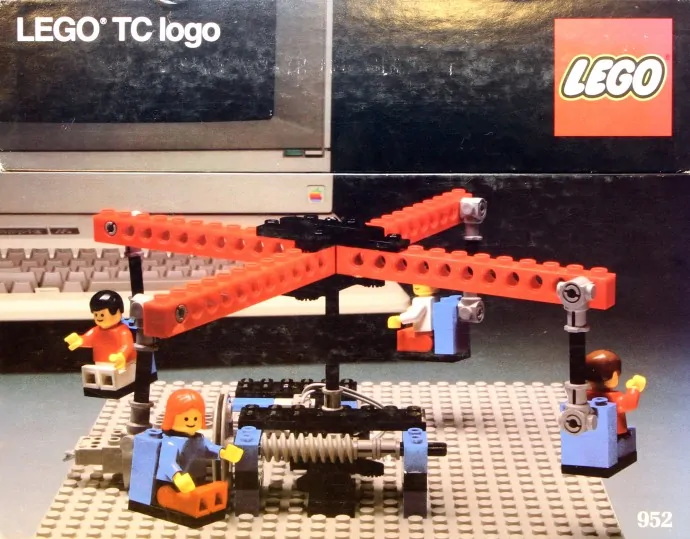
In 1988, the LEGO Group launched a product known as LEGO TC Logo. This appeared in a sizeable chunk of US schools upon its launch, and combined a wheeled LEGO build with an electronic component called an Interface Box. By inputting simple instructions, children could tell a LEGO robot to move, turn and even draw simple pictures. The set was also compatible with simple touch sensors and optical sensors, which allowed for additional possibilities.
While tools like these are rudimentary by today’s standards, they were already inspiring its users to solve problems and create their own models. The goal of the LEGO Group (at least according to them) was to democratise the technologies underpinning them, and inspire creativity on a broader scale.
The first MINDSTORMS set – 9719 Robotics Invention System – launched in 1998 alongside a pair of expansion kits. This initial set proved remarkably popular among both younger and older LEGO fans. The latter group began modifying and reverse-engineering the set’s electronic elements; their actions inspired an event at MIT in 1999, which brought together the LEGO Group and the fans modifying MINDSTORMS for the first time.
Going forward, the LEGO Group would involve these fans in future iterations of the MINDSTORMS product. There would be plenty of these; the second iteration of MINDSTORMS, Robotics Invention System V2.0, launched in 2001, while Mindstorms NXT launched in 2006. This in turn would see new iterations, along with more sophisticated sensor components offering new functionality.
The continued arrival of new MINDSTORMS models reflected its appeal across different LEGO fans. While older fans had pushed the boundaries of MINDSTORMS in its early days, its younger fans had a major part to play as well. In addition to creating their own MINDSTORMS models, events like the FIRST LEGO League Challenge task children with solving a problem using a MINDSTORMS creation. The event is competitive, with LEGO trophies awarded to the most successful or innovative attendees.
The most recent MINDSTORMS model is 51515 Robot Inventor, which launched in 2020. This offers exciting new components, including a hub with an LED matrix. It’s designed to connect to a smart device like a computer, tablet or phone, allowing for easy programming.
Unfortunately, this represents the last release in the MINDSTORMS line. In October 2022, the LEGO Group announced that it would be discontinuing the LEGO MINDSTORMS theme – and cutting off support for its companion apps from 2024 onwards. While the basic concepts of MINDSTORMS will be preserved in the SPIKE Prime product line, this is aimed at schools rather than the general builder. As such, this represents something of a dead end for MINDSTORMS – and LEGO fans intrigued by the prospect may need to look elsewhere for programmable toys.
LEGO MINDSTORMS sets
MINDSTORMS sets have evolved to reflect changing trends, both within and without LEGO itself. Although each new version brings more sophisticated tech, the basic idea of a MINDSTORMS set hasn’t really changed.
At the heart of every MINDSTORMS set is some kind of programmable hub, which allows communication with its other electronic components. The original one, 9719 Robotics Invention System, included such a hub alongside motors and sensors. It also included more conventional elements like wheels, gears, pins and axles.
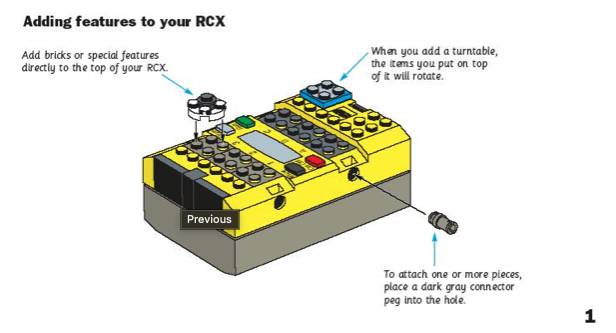
This original hub – known as the RCX – was powered by six AA batteries, and included six ports. Three of these allowed for inputs (such as light, touch, temperature and rotation) and the other three allowed for outputs (to components like motors and lights).
To control their models, LEGO fans of this era could use one of five programs pre-loaded onto the RCX. Alternatively, they could write a new one from scratch. These programmes were written on a typical computer, using a simple programming language known as RCX Code. Once complete, this program could be wirelessly transferred to an RCX using an infrared transmitter. A simple LCD display on the RCX showed basic information such as active ports, battery levels and which program was running (as well as whether one was running at all).
Even in these early days, MINDSTORMS hubs were experimenting with their basic form factor. A year after the original, a Star Wars-theme MINDSTORMS set was released. 9748 Droid Developer Kit offered a similar piece count, but its hub included a built-in light sensor. That said, it seemed to be a more rudimentary piece of kit overall. It only needed two AA batteries, and it appeared to offer fewer output options at once than the RCX did.
Still, the set did allow fans to build a (rather skeletal) R2-D2. Bespoke astromech head pieces and teal TECHNIC components make this early set rather special, even if its hardware is hopelessly outdated.
LEGO MINDSTORMS NXT
The next major iteration of MINDSTORMS – 8527 Mindstorms NXT, launched in 2006 – shifted to an all-TECHNIC design and a new hub called the NXT Intelligent Brick. This hub introduced support for technologies like USB 2.0 and Bluetooth; the latter allowed for direct control via a mobile device for the first time. The individual components of the set also saw upgrades; sensors could now detect different colours and intensities of light, while motors offered more precise control than before. This hub also added an extra input port, which let us put those new sensors to good use.
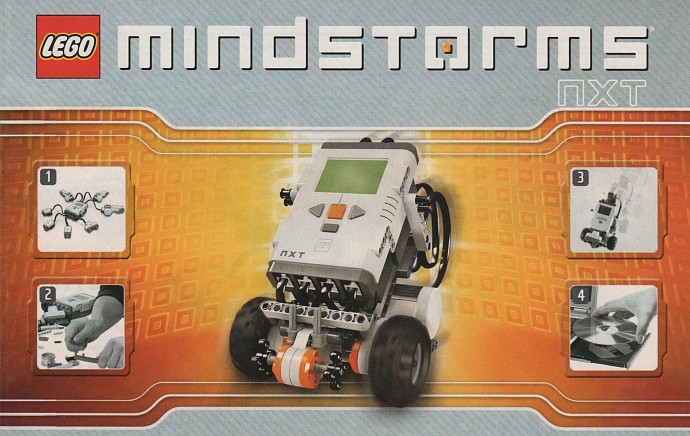
Indeed, the MINDSTORMS NXT range offered plenty of new toys to play with. While sensors for inputs like light, touch and temperature reappeared, new infrared sensors, gyroscopic sensors and accelerometer sensors made their debut. There was even an optional rechargeable battery, to save hunting around for fresh AA batteries all the time.
The MINDSTORMS NXT range actually offered two iterations. 8547 MINDSTORMS NXT 2.0 included more building elements and ditched its sound sensor for an extra touch sensor. The 2.0 version also introduced a light sensor which could detect both colours and intensities of light, whereas the original could only detect differing light intensities.
Programming NXT models was designed to be straightforward. It offered a piece of drag-and-drop program-building software that was compatible with both PC and Mac operating systems, and acted as a good entry point for budding programmers.
LEGO MINDSTORMS EV3
31313 MINDSTORMS EV3, first released in 2013, introduced some exciting new possibilities for MINDSTORMS sets. This version of MINDSTORMS offered a striking red colour scheme and a new hub, the EV3 Intelligent Brick.
There were now four input and four output ports (up from the three of each on the original) and support for mini-SD cards to expand the storage capacity. Other tweaks included improvements to the speaker and screen quality, and redesigns for familiar sensor types. The USB port was particularly useful; up to four Intelligent Bricks could be connected via these ports, allowing a single creation to use 16 motors and 16 sensors simultaneously.
There were also tweaks made to the set’s control and programming options. This set introduced a bespoke remote control, while maintaining control options via a mobile device; a new app allowed for control via smartphones and tablets of the era. A new drag-and-drop programming language was designed to make interacting with the set easier, and the EV3 Intelligent Brick included a Linux operating system for the first time.
This operating system gave the Intelligent Brick abilities that were more analogous to a standard computer. It allowed users to (theoretically) connect non-LEGO peripherals, like keyboards and webcams, directly to MINDSTORMS creations for improved input and object detection. Older sensors and motors from the NXT era were compatible with the Intelligent Brick, enabling MINDSTORMS veterans to put their older sets to good use.
In addition to a number of models designed by the LEGO Group, a number of instructions for fan creations were released. Set owners could build an electric guitar, a crude printer and even a whack-a-mole game. This reflected the ongoing connection between MINDSTORMS and its fanbase.
LEGO MINDSTORMS Robot Inventor
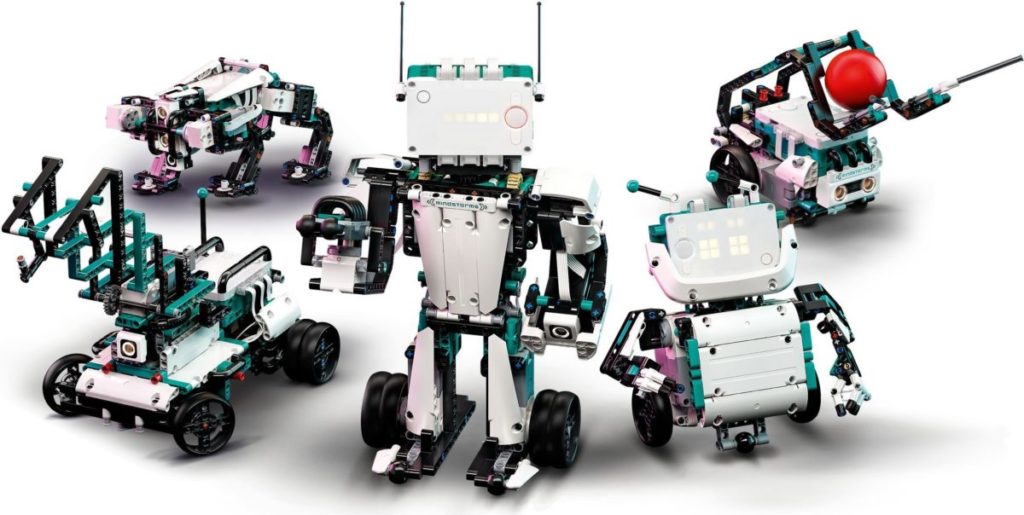
The latest version of MINDSTORMS is 51515 Robot Inventor, first released in late 2020. As expected, it reflects the changing face of modern technology with some significant changes to its hardware.
51515 Robot Inventor built upon the Powered Up collection of electronics, which was first introduced in 2018. A replacement for the Power Functions range, Powered Up used Bluetooth to streamline its components. This allowed us to add motorisation to models more easily than before.
While this set’s Hub is compatible with some Powered Up components, it’s much more capable than the hub in Powered Up sets. It comes with a rechargeable battery as standard, and includes an array of LEDs on its front. The Hub also includes built-in gyroscopic and accelerometer sensors for the first time.
When it comes to programming, 51515 Robot Inventor is compatible with the Scratch and Python programming languages. While Python is designed for ease of use, the drag-and-drop interface of Scratch may be more appealing to certain MINDSTORMS fans.
51515 Robot Inventor depends upon some kind of computer or smart device to operate, and that philosophy extends to its instructions. There are no physical instructions in the box, although digital versions are available online. That approach mirrors themes like Dimensions and Super Mario, which gate instructions and key information behind apps or video game software.
While technology marches onwards, MINDSTORMS sets of today owe a lot to the shaky first steps of their ancestors. Even if it may have come to an end as a theme, its spirit of innovation across age groups will hopefully endure.

